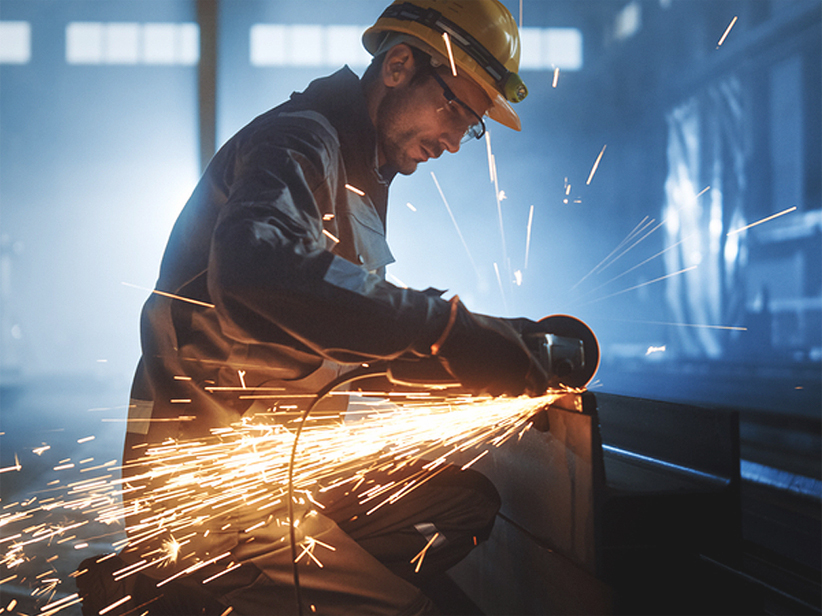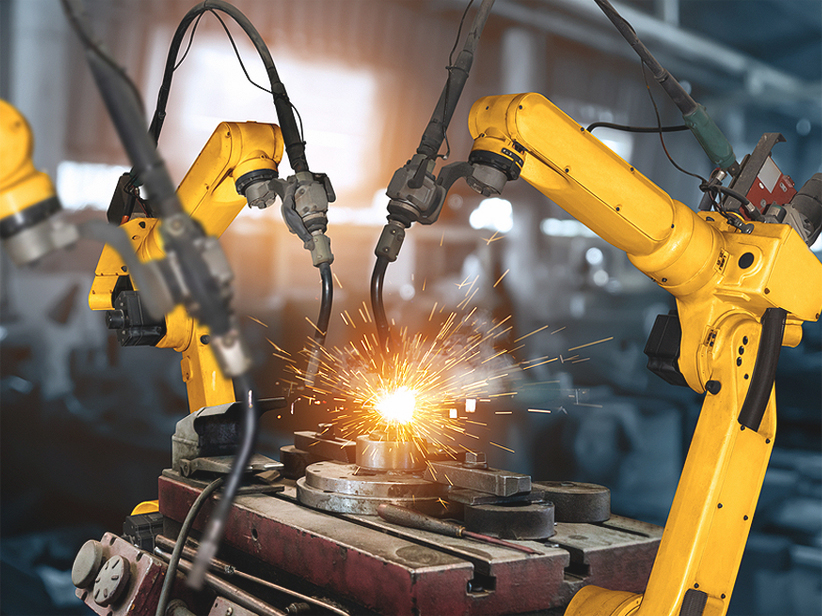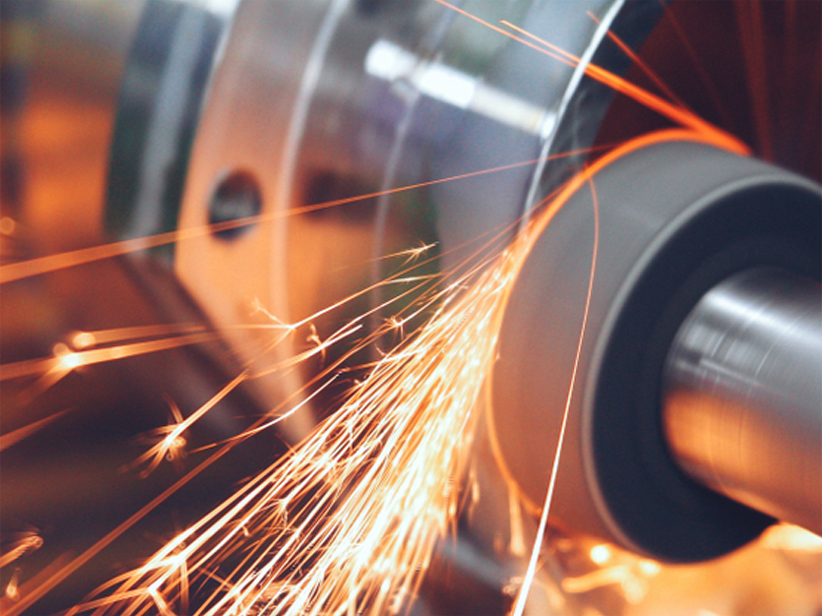STAINLESS STEEL WELDING AND RUST FREE CAPABILITIES
While the iron was discovered through crude metallurgical techniques centuries ago, steel is a fairly late invention and has defined the human progress in more than one ways! The reason is the exceptional qualities adored by steel and which are highly desirable also. Steel is actually an iron alloy of precision wherein carbon, a non metallic and very common element of nature is invariably a component. The presence of carbon makes the steel what it is and particularly determines the arrangement of atoms in a manner such that sturdiness is optimized. Stainless steel is yet another increment in the segment of steels and in this, chromium is added which develops a layer of chromium oxide that is rust proof for life apart from delivering a lustrous finish. Stainless steel manufacturers make different grades of steel through precise alloying compositions towards serving the niche segments of the manufacturing economy around the world.
On account of the rust resistance and high strength attributes of steels, these are used in diverse applications; and the same are expanding at a fast pace. The sectors that relied on wrought iron as the base product are also transitioning to the SS as the base material; the example of balusters and hand rails could be counted in this regard. Stainless steel suppliers and manufacturers have expanded their portfolio and making newer primary products to meet the requirements of the secondary manufacturers and ancillaries. While the cost of making steel is an important determinant, the processing of the same is also important; as any discrepant conditioning like in welding,etc. could generate problems related to rust and corrosion in specific environs. Hence the steels processing and particularly the welding is guided by a set of protocols to ensure that the prime qualities of stainless steel are retained or at least optimized.
While stainless steel is ideally rust proof, continued pro corrosion environmental conditions could be still detrimental and cause the steel structure to get rusted in course of time. The sea coast and swimming pools can be counted as such conditions where the effects of salt water, moisture are much pronounced. The SS quality, therefore, means much to ensure that the durability of the external chromium oxide layer is maximized. Apart from 304 and 316, the stainless steel manufacturer are engaged in refined techniques and making the manipulations towards improving the resistance against rust and corrosion. Regular cleaning is also recommended to remove the corrosion products that accumulate at the SS layer.
Welding precautions for the SS include aligning the gaps in a precise manner so that the empty spaces are plugged properly. The use of specialty TIG welding is also done to ensure that the joints do not become prone to rusting processes. The welding techniques differ depending upon the use of the stainless steel structure. More refined welding and greater precautions are required in rust prone situations while the sturdiness needs to be double ensured in cases requiring critical frameworks like in construction activities.







